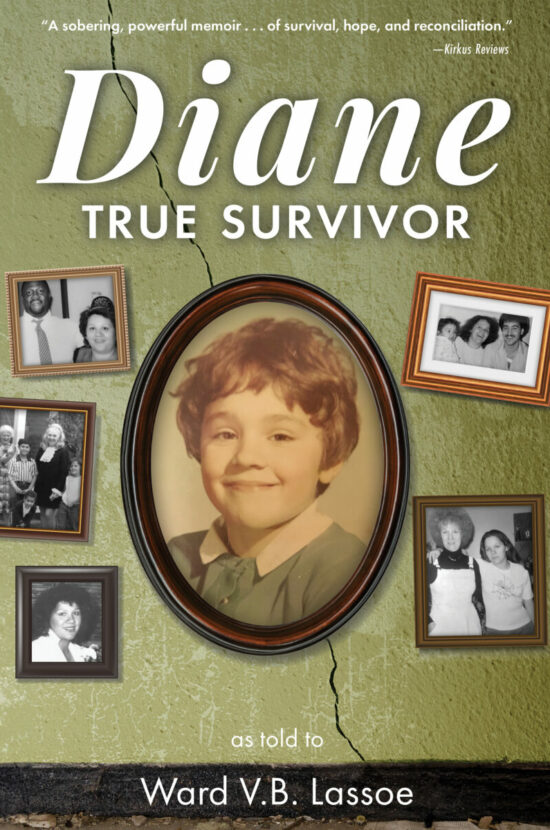Diane’s life story reads like fiction, but it’s all very real. Through a series of compelling conversations, she shares intimate memories filled with hardship and resilience. In 1969, she is forced to leave her childhood home in an English village to move to a tenement in the South Bronx. This major culture shock is then compounded by years of emotional, physical, and sexual abuse by her parents. Diane gets pregnant at fourteen and starts living on the streets. Along the way, she encounters a series of “angels” who help her survive.
Despite a series of abusive romantic relationships as an adult, Diane manages to create a new life for herself and her eight children. Diane finds some happiness when the father of her first child kicks his longtime heroin addiction. After ten years together, he dies. Diane discovers a new sense of spiritual faith when her mother suddenly reappears in her life. Despite the years of childhood abuse, Diane eventually forgives her mother and welcomes her into her home. As they make a new life together, Diane’s story becomes one of grace and mercy.
Throughout her life, Diane offers an interesting perspective on race relations. She is white but lives almost entirely in an African-American culture.











